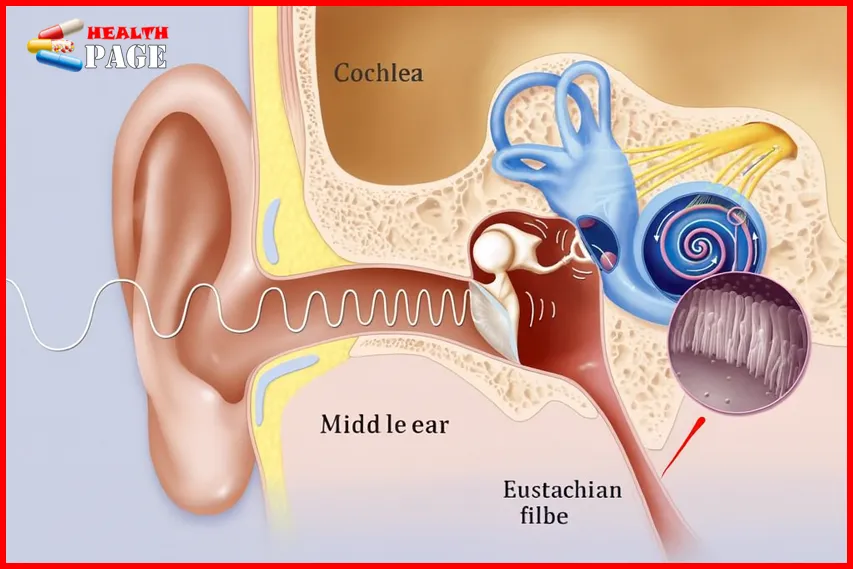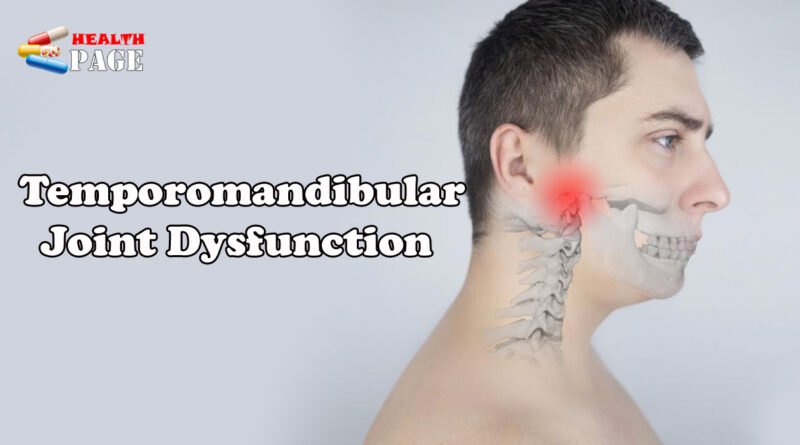Why can temporomandibular joint dysfunction cause hearing loss?
The temporomandibular joint is a very important and special joint in the human body. It is involved in many important daily activities, including eating, chewing, and speaking. In this article we will explain about Temporomandibular Joint Dysfunction.
Almost everyone uses these joints extensively every day. Therefore, once there are deviations in posture and movement patterns, frequent overuse can lead to dysfunction and various related symptoms.
Statistics show that the incidence of temporomandibular joint disorder in the general population is as high as 75%.
Symptoms of Temporomandibular Joint Dysfunction
Symptoms associated with temporomandibular joint dysfunction can take many forms, including stiffness, clicking and grinding of teeth, pain, limited mouth opening, itchy ears and hearing loss, and sinus symptoms.
The relationship between the temporomandibular joint and hearing seems to be somewhat underestimated.
In fact, as early as 1934, Costen first linked auricular and cranial sinus symptoms with the temporomandibular joint and named it Costen syndrome or auric-maxillary syndrome .
A study published in 2011 by Panagiotis Kitsoulis et al. (Doi: 10.1186/1472-6815-11-5) examined the relationship between temporomandibular joint dysfunction and hearing loss.
The research results are as follows:
| Hair Loss Type | None | Mild | Moderate | Severe |
|---|---|---|---|---|
| Normal (≤15%) | 16 | 56 | 24 | 10 |
| In one area (≤15%) | 4 | 10 | 6 | 4 |
| In multiple areas (≤15%) | 2 | 6 | 4 | 2 |
| In one area (>15%) | 0 | 2 | 2 | 2 |
| In multiple areas (>15%) | 0 | 4 | 2 | 2 |
| No hair loss | 22 | 72 | 34 | 16 |
| Hair loss in one area | 0 | 12 | 8 | 6 |
| Hair loss in multiple areas | 0 | 4 | 2 | 2 |
| Hair loss in multiple areas (>15%) | 0 | 4 | 2 | 2 |
56.3% of patients with temporomandibular joint dysfunction will experience varying degrees of hearing loss, and generally speaking, the more severe the dysfunction, the greater the hearing loss.
From an embryological perspective, the ear, temporomandibular joint, and jaw muscles originate from similar cells and share the same neural pathways for muscle function. For example, there are connections between the muscles that determine the size of the Eustachian tube (which affects ear pressure), the jaw muscles, and the temporomandibular joint. Therefore, problems with the temporomandibular joint can lead to symptoms such as increased ear pressure and tinnitus through this connection.

Chronic muscle tension associated with temporomandibular joint disorder can lead to chronic tinnitus. This persistent perception of sound can make it difficult to hear or concentrate, thus manifesting as hearing loss.
Furthermore, during jaw movements, the surrounding structures experience significant pressure changes. These pressure fluctuations can affect cochlear function, causing sound to be transmitted incorrectly and leading to hearing problems.
These connections are not absolute, nor do they have a direct effect in the short term. Instead, they are transmitted gradually in a chronic manner, eventually leading to symptoms.
In conclusion, many ear symptoms may originate from the temporomandibular joint, and the key to improving these symptoms lies in addressing temporomandibular joint dysfunction.
Of course, this is not a simple problem; the temporomandibular joint affects the whole body.


